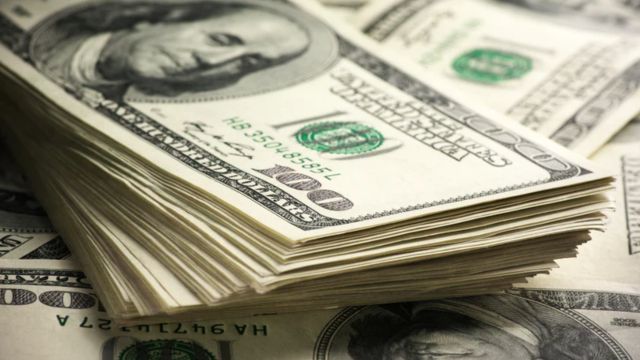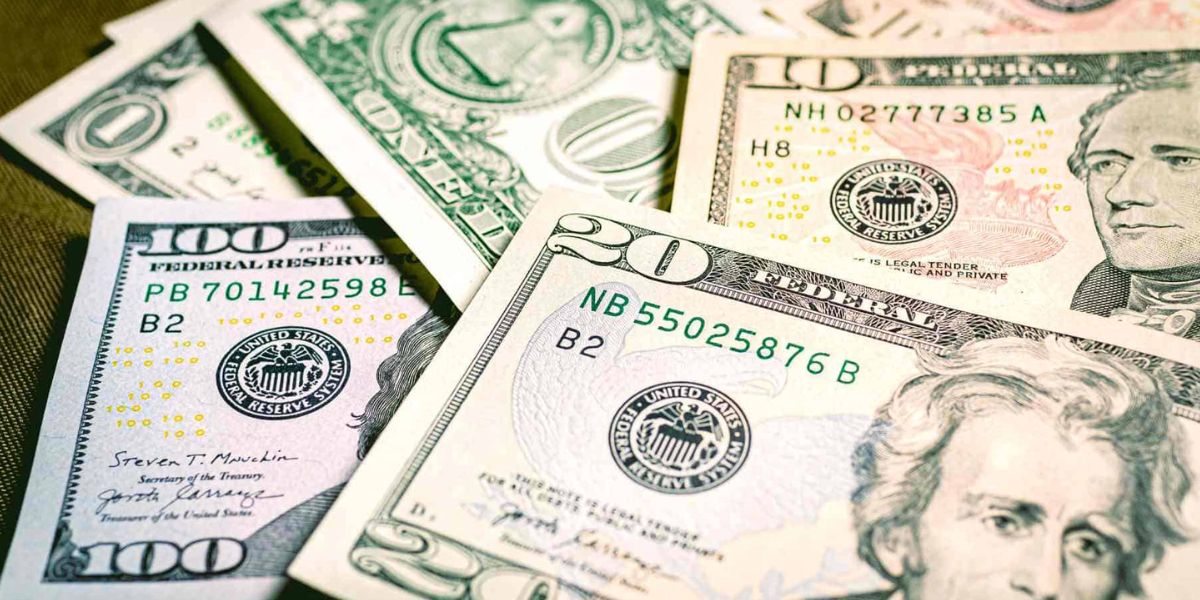For all parties concerned, counterfeiting money has become practically a game. Although governments make every effort to safeguard their currency, criminals take use of technology to outsmart not just the government but also those institutions that accept it and may not have the most recent security measures in place to defend it.
For this reason, however, the US Bureau of Engraving & Printing (BEP) is always working to make the designs of the US dollar more “resistant to increasingly sophisticated counterfeit attacks” and to inform consumers and businesses on how to avoid counterfeit currency.
What you should know about counterfeit bills?
First of all, there are seven different denominations of US currency banknotes that are now in circulation and being printed: $1, $2, $5, $10, $20, $50, and $100.
Although several denominations that were once in use are still legal tender, they are not very popular, and the majority of them are now in collections and are worth far more than their printed value.
The current bills are different from other legal tender notes that are no longer in circulation because they are periodically destroyed when they become too damaged to be used in circulation and they undergo redesigns that are intended to increase their security rather than their appearance.
In order to ensure that all measures are accounted for and detectable by the retailers and financial institutions that bear the burden of accepting the majority of cash transactions, the redesigns intended to improve security are not a straightforward and easy process; rather, they are a series of processes that occur over time (the last redesign, according to the BEP, took more than ten years of research and development).
The $100 note, which was first released on October 8, 2013, was the most recent denomination to get a makeover. The remaining active currency denominations will follow suit in a staggered fashion, with their new releases occurring as follows: $5 in 2032, $10 in 2026, $50 in 2028, $20 in 2030, and $100 in 2034
“This sequence addresses risk mitigation and counterfeiting concerns,” according to the BEP. However, no bill is truly impervious to counterfeiting. The amount of bills that change hands every day makes it difficult to control, even though the Advanced Counterfeit Deterrence (ACD) Steering Committee, which is made up of stakeholders from the BEP, the Federal Reserve Board, the Federal Reserve System, Treasury, and the US Secret Service, does its best to make sure that the new designs will be difficult to replicate and that any counterfeit bill is found and destroyed.
U.S. Housing Market Forecast for 2025: Price Increases Ahead, And They’re Not Pretty

The redesign process is followed by years of optimization and integration testing before they can be effectively put into banknotes that will subsequently be made available to the public, which is why education is so crucial.
Making sure the government has enough modern machinery or raw materials for a complete production and controlling these substances so that it is difficult for criminals to obtain them in sufficient quantities to make counterfeiting a possibility takes time
The BEP reminded Americans that “extensive acceptance testing is required to ensure they meet rigorous manufacturing and quality standards at production volumes” after that is completed.
Chicago Drivers Beware: 25mph Speed Limit Takes Effect in 2025, with Fines Up to $244
This is crucial since the US Department of Treasury estimates that there are already $70 million worth of counterfeit currency in circulation. Given its widespread use as a reserve currency, some analysts estimate the sum to be closer to $200 million, therefore this may be an optimistic assessment.
Finally, but just as importantly, how to spot a fake US dollar note
- Look for ink that changes color.
- Look for elevated printing.
- Pay particular attention to any hazy lettering, printing, or borders.
- Examine the bill for red and blue threads.
- Examine the watermark.
- Look for the security thread.
- Look for the security ribbon on the new $100s.












Leave a Reply